
From the moment we get the news that a new little member is going to become a part of our lives, we want nothing but the best for them. Among other things, our first priority as parents is to keep our kids safe through timely immunisations. However, most of the vaccines that are given to babies are injectable ones and the very thought of a baby crying in pain can be a real time nightmare for the new parents.
However, with the advent of new technologies pharmaceutical companies have come up with ‘painless’ vaccines as a substitute for conventional painful vaccines. Sometimes this seems to be an easy task but a few other times it gets really tough to decide. Often parents resort to painless vaccines in the hope that they won’t cause any pain to their child.
But hold on dear parents!! Just don’t rush by the name and the buzz created around them — there’s much more to know about these vaccines before getting your child vaccinated by them.
This blog is an attempt to provide all the details on painful vs painless vaccination so that parents can stop juggling between the two and can make an informed decision.
Difference Between Painless & Painful Vaccination
When we talk about painful and painless vaccines, we are generally discussing DTwP and DTaP vaccines respectively. Both are a combination vaccine which provides protection against an array of three major diseases that can prove to be fatal during infancy and early childhood. D stands for Diphtheria, T for Tetanus and P for Pertussis (more commonly known as whooping cough). (1)
This is to note that the only difference between the two vaccines i.e. DTwP and DTaP is in the pertussis vaccine that has been modified. Pertussis vaccine comes as whole cell vaccine (wP) or acellular vaccine (aP). (2)
The recommended immunization schedule for the DTP vaccine is a 3-dose primary series with the first dose at 6 weeks while subsequent doses at 10 weeks and 14 weeks along with a booster dose at around 1.5 years and 5 years of age. (3)
Let’s check out the major points of difference between painful and painless vaccinations for infants:
|
All Info
|
DPT Vaccine (Painful)
|
DTaP Vaccine (Painless)
|
|
Cost
|
Half as compared to painless vaccine price.
|
The painless vaccine price is double the price of the DPT vaccine.
|
|
After Effects
|
DTwP vaccines are considered to be painful as they can cause fever, pain, vomiting and swelling at the site of injection adding much discomfort to the baby.
|
The painless DTaP vaccines are said to cause lesser pain, fever and swelling at the site of needle prick. DTaP vaccine actually consists of a lesser amount of immunogenic components hence lesser post-vaccination effects
|
|
Commonly Marketed As
|
Pentavac / Easy Five / Comvac
|
Pentaxim
|
|
Combination Vaccine Of
|
DTP, Hib and Hepatitis B
|
DTap, Hib and IPV (injectable polio vaccine).
|
In the end, you must know that since both these are injectable forms of vaccines, they would definitely cause pain during administration or needle prick; however, the after-effects of painless vaccination for infants are greatly reduced.
Hence, you may now know that they are not exactly ‘painless’ and the word used for them is just a misnomer.
Are Painless Vaccinations For Infants Effective?
Before getting to the conclusion of this ongoing debate regarding the effectiveness of DTaP, let us first tell you that no vaccines are 100% effective.
- Vaccines primarily provide protection by producing antigen-specific antibodies. Pertussis or whooping cough is caused by a bacterium known as B.pertussis. Recent reports have suggested that B. pertussis is not exclusively an extracellular pathogen but can be intracellular and survive in cells like macrophages.
- This intracellular state of B.pertussis cannot be controlled by antibody response alone but by a specific type of immunity known as cell-mediated immunity triggered by a defence cell known as T-helper cell 1 (Th1) and T helper cell 17(Th17) and somewhat to a lesser extent by T helper cell 2 (Th2), would also be required to control it. (4)
- Moreover, this research has also shown that vaccine-induced antibody response wanes shortly after immunization but T-cell mediated immunity, especially Th1; persisted far after the decline of antibodies to vaccine constituents.
As reported by various studies, it is this wP vaccine which was associated with the induction of strong Th1 responses whereas aP vaccine preferentially induced Th2 cell due to which aP-vaccinated individuals would be protected from the disease but not from colonization of the organism. (5)
Therefore, when a child is vaccinated with the aP vaccine he is protected from the disease but the microorganism may re-enter the child’s airways and lungs and colonize there. The child would then be a carrier as well as a transmitter of the disease, especially to people who have not been vaccinated before or who are immunocompromised.
Similarly, it has also been reported that complete clearance of bacteria usually does not occur before 14 days or more in individuals immunized with aP, whereas individuals primed by immunization with wP clear the bacteria within 5–7 days from the challenge. (Fedele G et al. 2015)
Hence it can now be understood why WHO and the Indian Academy of Paediatrics (IAP) strongly recommend the use of DTwP vaccines for primary immunization and restrict the use of DTaP vaccine only for subsequent booster doses or in persons allergic to DTwP or individuals showing severe neurological problems with DTwP.
Measures To Reduce Short-Term Effects Of Painful Newborn Vaccines
As already mentioned, painful vaccines or DTwP vaccines cause pain, irritability, loss of appetite, fever, vomiting and swelling at the site of injection causing moderate to severe distress to the child. However, by taking the following measures these short-term after-effects of DTwP vaccines can be minimized and the apprehension of using painful vaccines over the painless ones can also be reduced. The tips are as follows:
-
Breastfeeding - Breastfeeding is one of the best measures to calm a cranky baby after vaccination.
-
Application Of Cool Compress - Care should be taken not to directly place the ice cubes on the baby’s skin else it will worsen the condition. Always cover the ice cubes with a clean cloth or gauze piece and place it over the affected area.
-
Distracting The Baby By Singing Lullaby - Cuddling and singing to the baby and remaining close to them help them calm down and gives him/her a sense of security.
-
Medications - You can give paracetamol drops as prescribed by the doctor for fever, pain and swelling. One can also consult about numbing creams and sprays with the doctor which will ease the pain.
-
Gentle Massage - Gently rubbing the site of injection immediately after administration for about 10 seconds provides much relief from the pain and discomfort.
-
Sweet Water - Dab baby’s tongue with sweet water or add it to baby’s pacifier and let him/her suck it during vaccination. It works well for babies under 6 months of age by reducing the intensity of the prick.
It should be kept in mind that the advantages of painful conventional vaccines not only outweigh their short-term aftereffects but are also much greater than their so-called ‘painless’ counterparts. It is far better to tolerate the short-term post-vaccination side effects and get a long-term and better immunization with DTwP rather than getting relieved from just a few of the immediate after-effects and remaining in constant doubt regarding the efficacy of the DTaP.
Hope the article helps the parents in easing their decision-making process.
References:
- https://www.ncbi.nlm.nih.gov/books/NBK545173/
- https://pubmed.ncbi.nlm.nih.gov/8180641/
- https://www.who.int/teams/immunization-vaccines-and-biologicals/diseases/pertussis
- https://www.ncbi.nlm.nih.gov/pmc/articles/PMC4248777/
- https://www.ncbi.nlm.nih.gov/pmc/articles/PMC6774807/





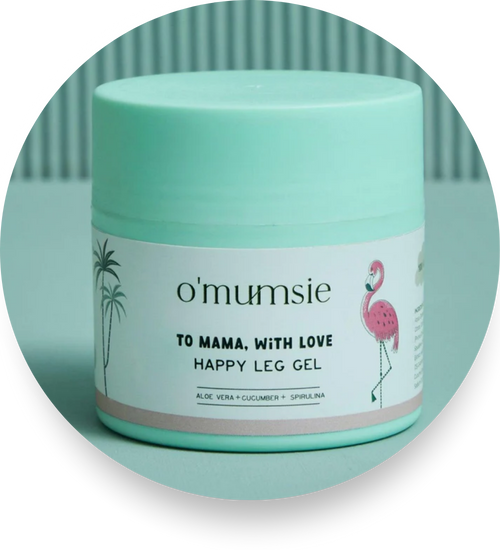
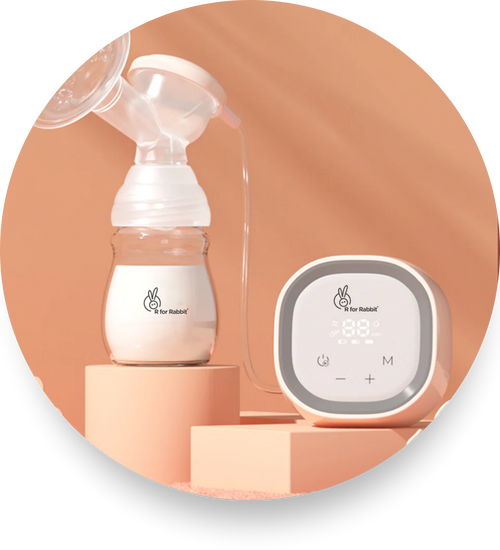

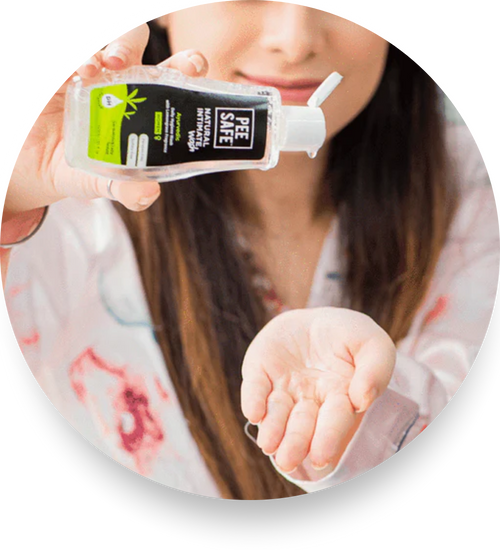



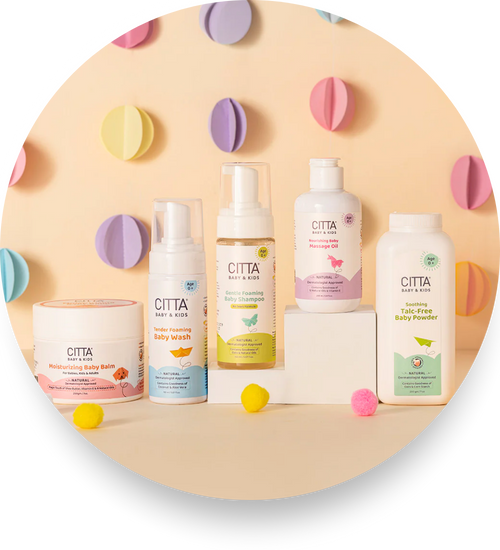
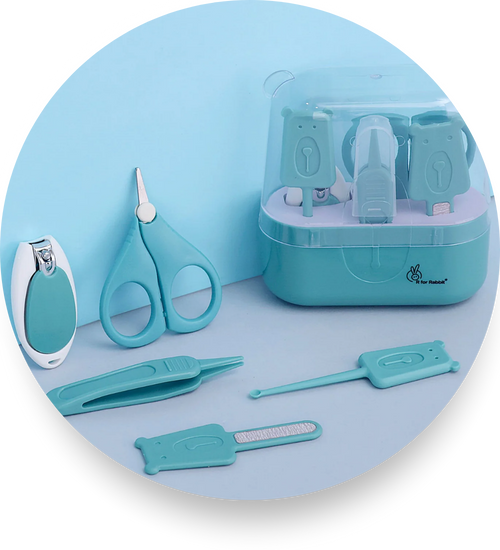
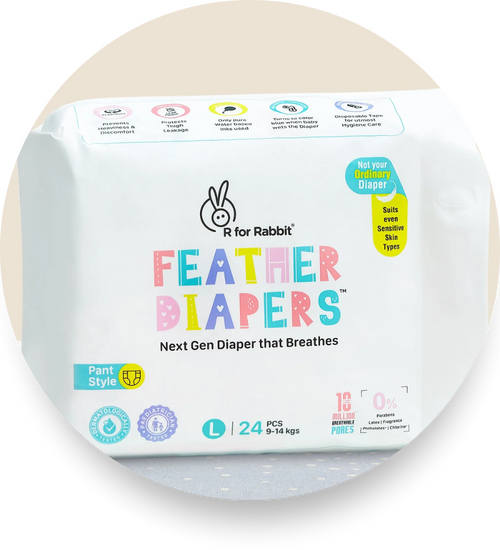











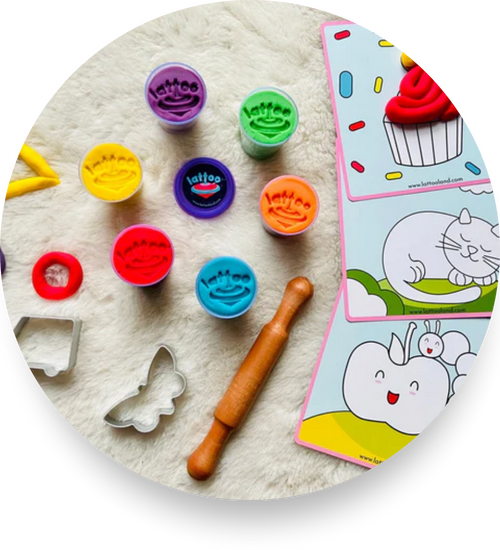

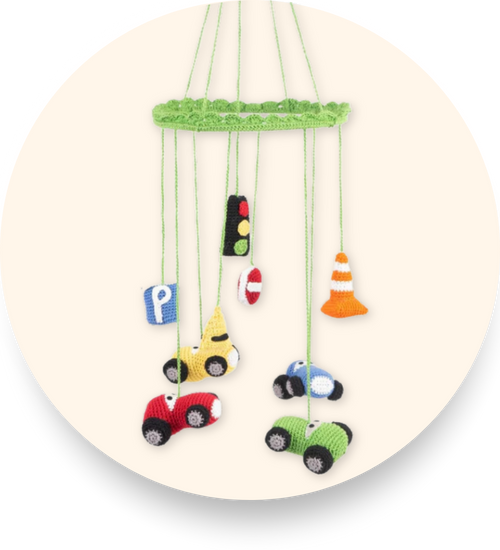




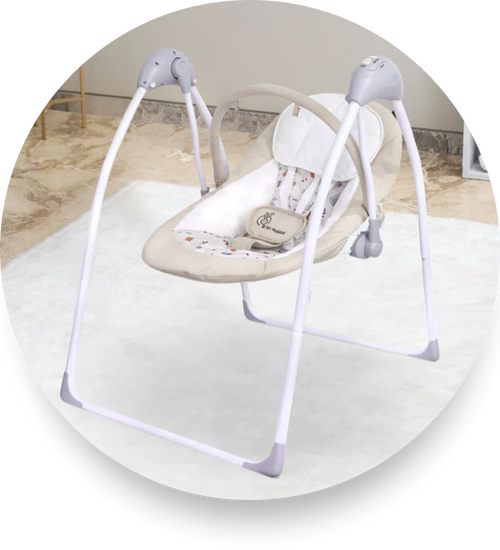

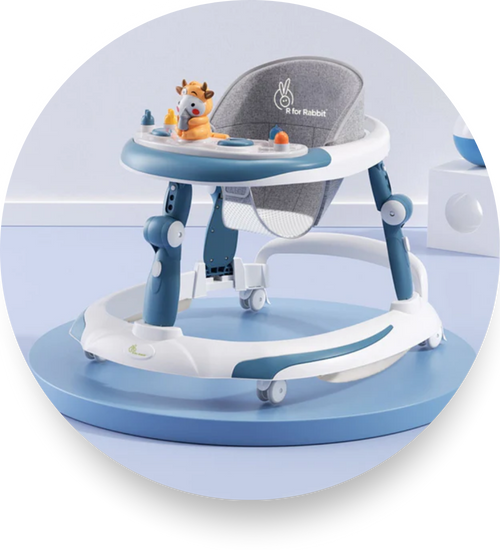
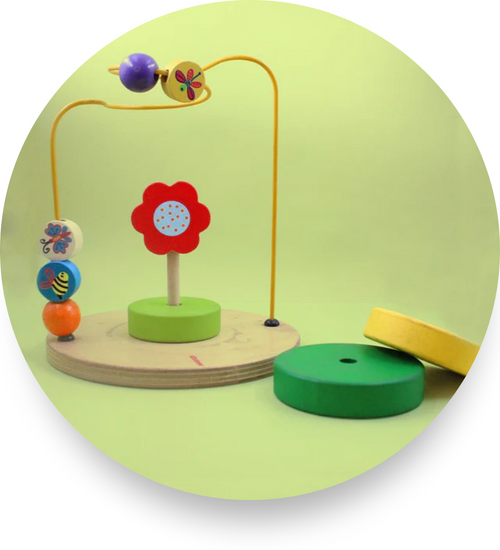


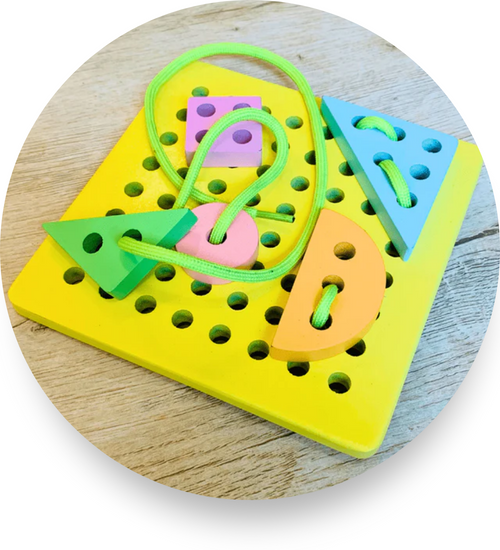
![Painless Vaccines - All That Glitters Is Not Gold [Painless vs Regular Vaccines] - The Mom Store](http://themomstore.in/cdn/shop/articles/painless-vaccines-all-that-glitters-is-not-gold-365541_20x8_crop_center.jpg?v=1707920995)
